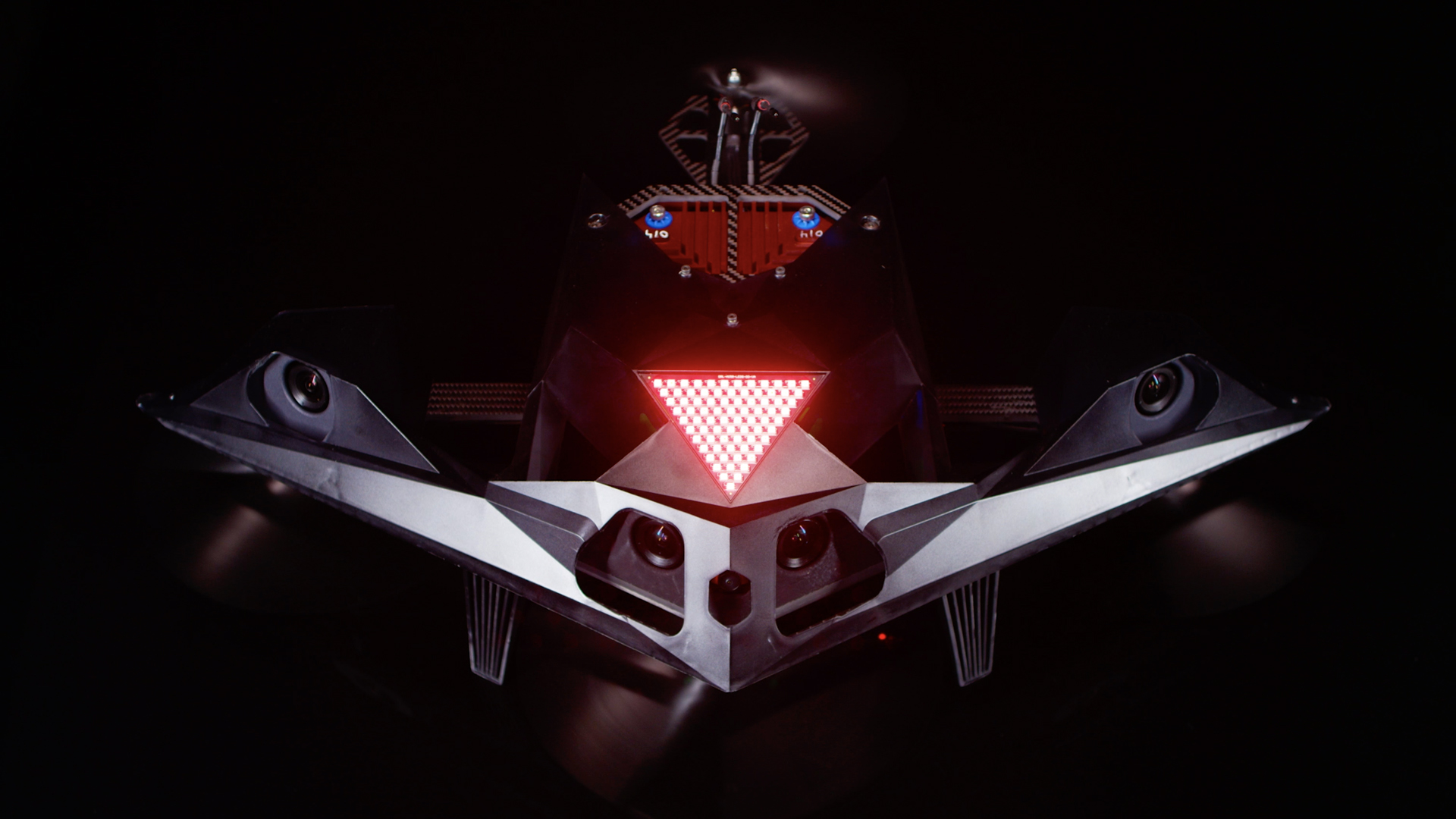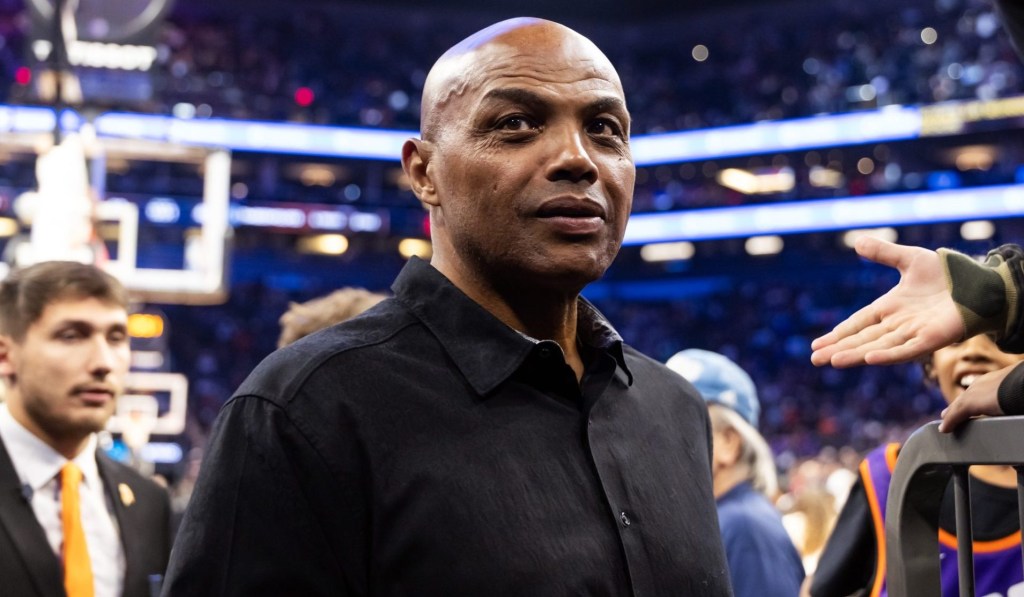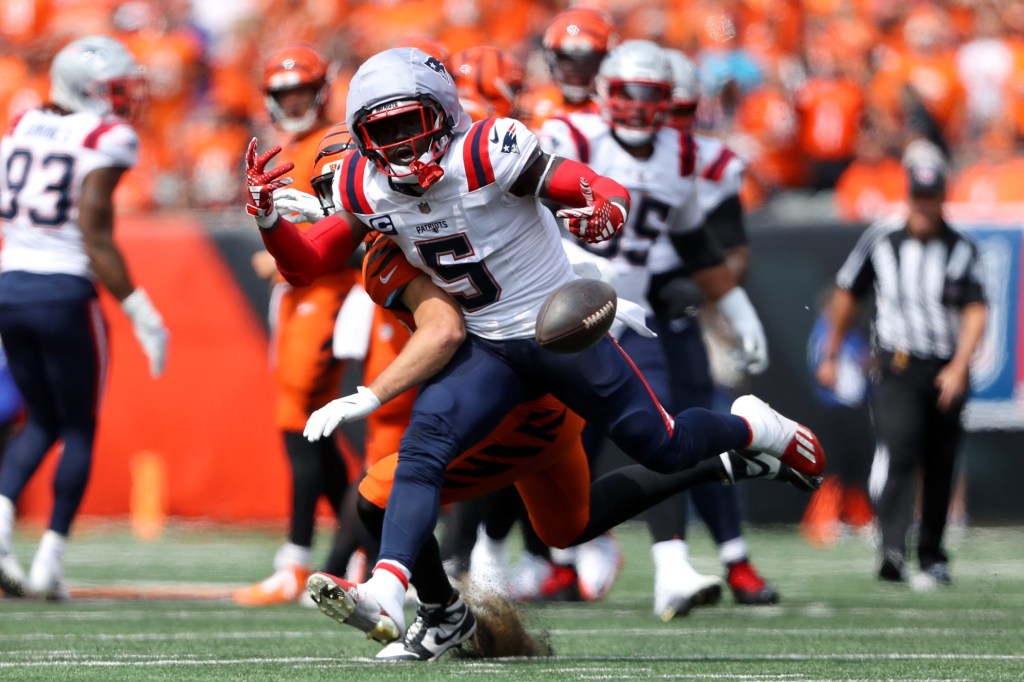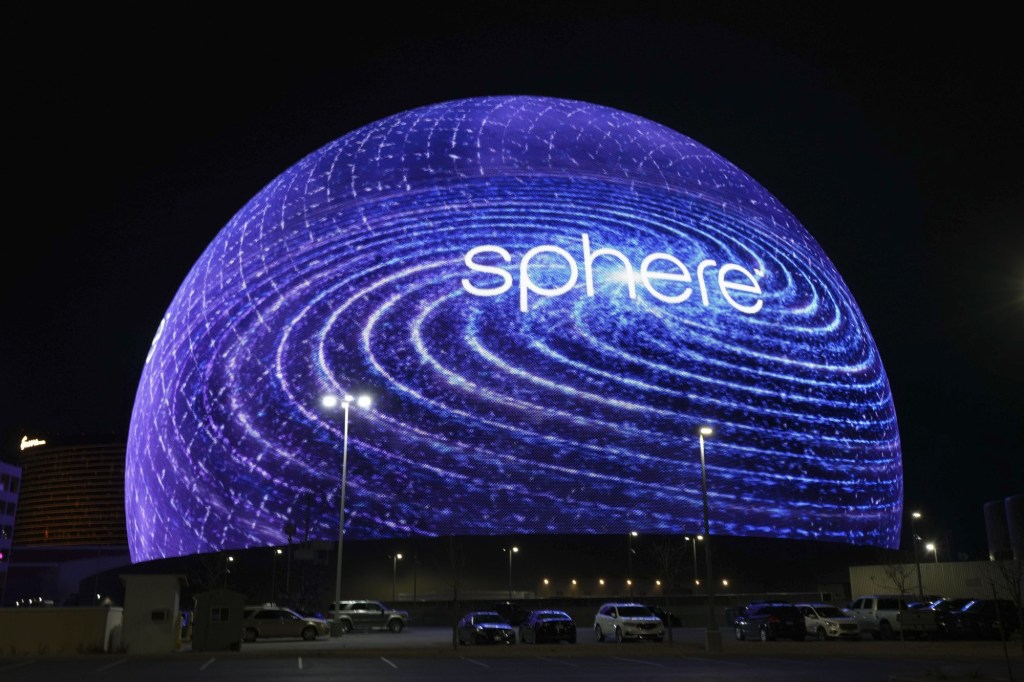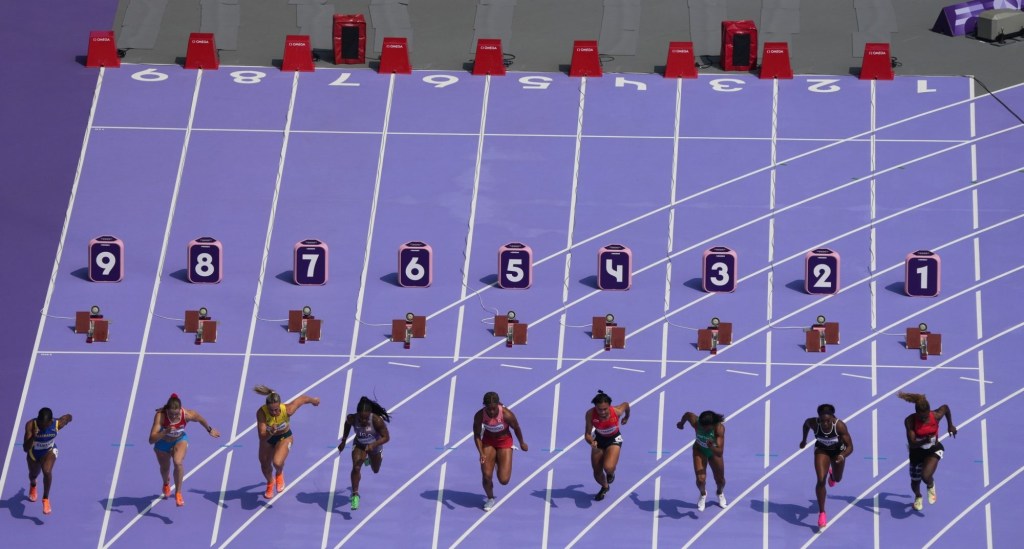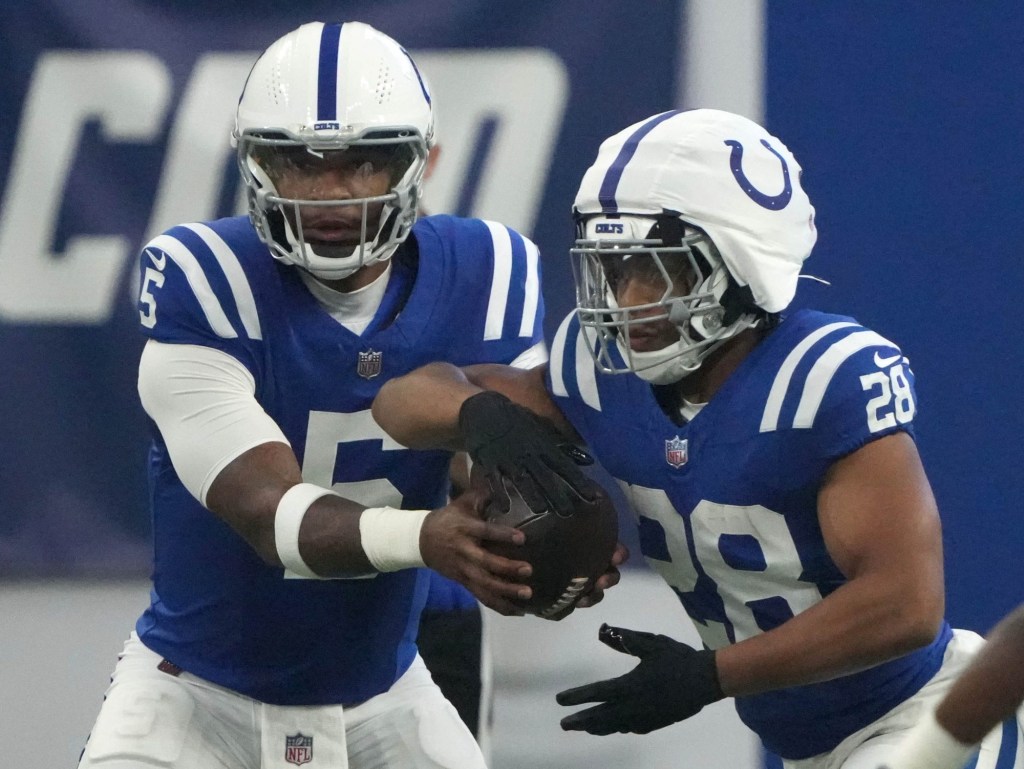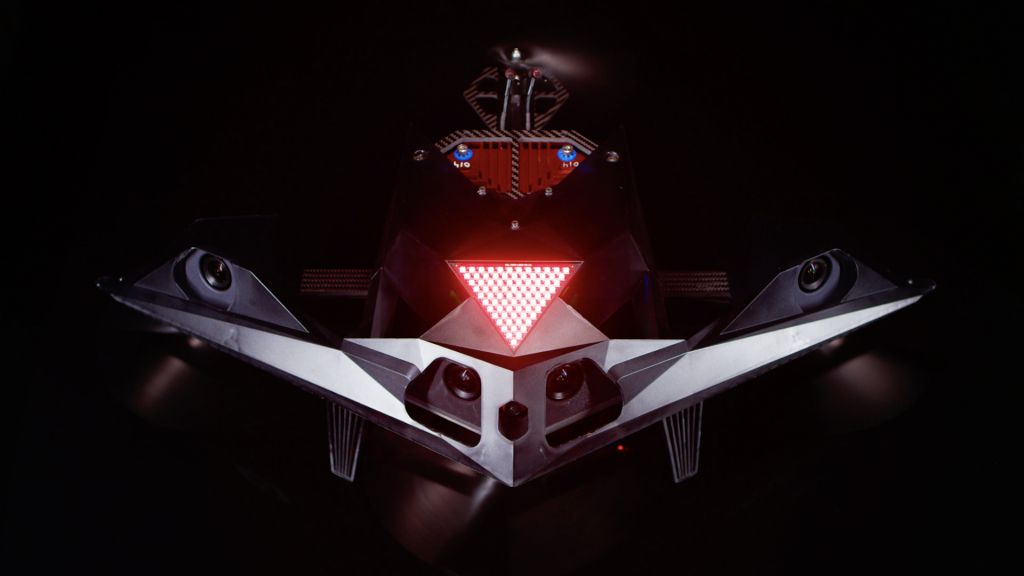
Artificial intelligence’s presence in professional sports is rapidly expanding.
Since July, the Atlantic League of Professional Baseball and the NFL have each experimented with AI technology to improve their business practices.
This week, another sport revealed its intentions with advanced technology – but with the desire to directly challenge its human participants.
The Drone Racing League is debuting its first-ever autonomous racing drone called RacerAI. It uses the drone’s configuration to provide a non-obstructive, frontal view computer view during racing. It also can generate upwards of 20 pounds of thrust, and with four onboard stereoscopic cameras, it enables the AI to detect and identify objects with double the field of view as a human pilot.
“It’s a moment that we all know is coming: one day, robotics physically will eclipse the ability of the human,” DRL Chief Technology Officer Ryan Gury said. “To look around, to navigate space, get from point A to point B – that’s something that we want to push as hard as possible.”
The news surrounding RacerAI coincides with the DRL’s new Artificial Intelligence Robotic Racing (AIRR) Circuit, which had its inaugural race on Oct. 8 in Orlando, Fla. It featured nine RacerAI drones that were developed by nine teams from Lockheed Martin, which specializes in aerospace and defense technology.
Lockheed Martin’s AlphaPilot Challenge is an open innovation contest that evaluates the development of high-speed, AI-inspired racing drones that do not need human help. In 2019 alone, 424 teams worldwide applied for the AlphaPilot Challenge with hopes of becoming one of AIRR’s nine squads. Once selected for the AIRR Circuit, the AlphaPilot teams are tasked with navigating their drones through the racecourse without any GPS, data relay or human intervention.
Following Orlando, AIRR’s four-event drone-racing series will include stops in Washington, D.C., and Baltimore on Nov. 2 and 15, respectively. The fastest-performing team will then advance to the final race – the 2019 DRL Allianz World Championship on Dec. 6 in Austin – to take on the fastest human pilot. The grand prize is worth $1 million – and if an AlphaPilot team triumphs over the human-piloted drone, it’ll take home an additional $250,000.
While the ALPB and NFL utilized AI to simplify things for their employees, the DRL created RacerAI to directly challenge its human competitors – and one day sees robots triumph over man in a sports setting.
“We’re in our fourth season of DRL’s human-racing circuit, and we continue to evolve every year,” DRL CEO and Founder Nicholas Horbaczewski said. “One of the fun things about being a technology-enabled sport is that we advance our technology and that advancement increases the breadth of opportunities we have to push the boundaries of the sport.”
READ MORE: Drone Racing League: A Futuristic View Of Sports – In 2019
Since DRL’s inception in 2015, Horbaczewski says that he and Gury have envisioned autonomous racing as its next venture. When figuring out how to approach this next step, they looked to Lockheed Martin and its work in AI.
Before its DRL relationship, Lockheed Martin’s involvement in sports ranged from its longtime role as sponsor of college football’s Armed Forces Bowl to pre-existing relationships with the NFL and PGA Tour.
But more focused on budding technologies, Lockheed Martin wanted to expand the public’s knowledge of AI. With DRL’s help, it launched the AlphaPilot Challenge – which, above all else, aims to inform more people about AI’s potential in society.
“A future enabled by autonomy and artificial intelligence will require the public to be educated and excited about the possibilities,” Lockheed Martin AlphaPilot Manager Keith Lynn said. “DRL has established a large global fanbase with televised content on major networks. Their blend of technology, sport, and entertainment offered the perfect medium for achieving our goals.”
READ MORE: Take Me Out To The Non-Ballgame
The idea of pitting humans against robots has produced many seminal moments throughout history. In July 1997, IBM’s Deep Blue chess computer system received $100,000 for defeating world chess champion Garry Kasparov in a match. In 2011, Watson – another IBM computing system – took down former Jeopardy! Champions Ken Jennings and Brad Rutter to win the first-place prize of $1 million.
Now in 2019, Gurt believes that sports are the next enterprise to capitalize on AI’s ascension. Humanity can only evolve so much, he said. Babies become toddlers when they learn how to crawl and walk up and down the stairs. From there, they transition into adolescence; by their 20s, that growth seemingly ends.
“Robotics are learning how to crawl and walk around and we’re going to push them as hard as we can to push them into maturity – but they won’t stop,” Gury said.
“This is the beginning of the machine,” Gurt added. “This is the start of robotics eclipsing humanity.”
